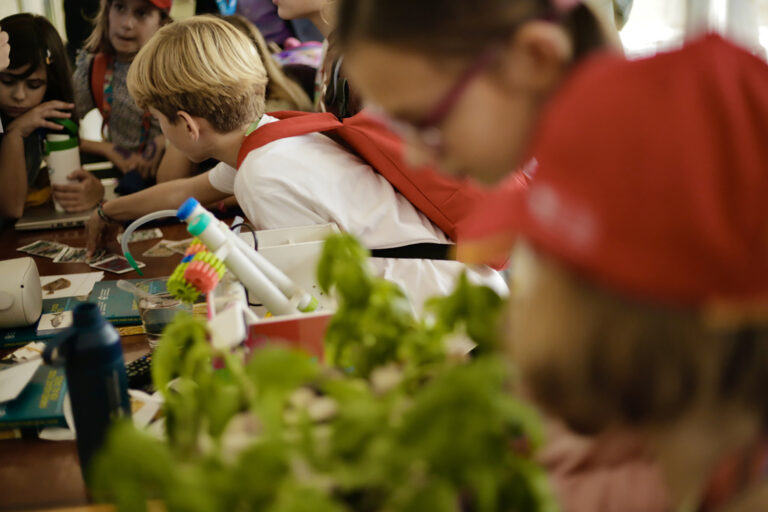
Responsibility
‘More than a meal’: Can a new education toolkit for kids help strengthen support for aquaculture?
The Farmers of the Water program empowers young consumers to appreciate farmed fish and actively engage with the aquaculture industry.

Responsibility
The Farmers of the Water program empowers young consumers to appreciate farmed fish and actively engage with the aquaculture industry.
Innovation & Investment
Speakers at the Blue Food Innovation Summit addressed numerous issues like aquafeeds, new technologies and defining the “smallholder.”
Responsibility
Enhanced sulfide burial seen as a scalable, cost-effective pathway to mitigate the carbon footprint of fish farming and a tool for climate solutions.
Health & Welfare
Onda secures funding to develop a rapid disease test for faster, cost-effective aquaculture disease detection in fish and shellfish.
Fisheries
GSSI-certified fisheries now meet MarinTrust’s key pre-check, reducing duplication and streamlining certification for marine ingredients.
Intelligence
Kingfish Maine wins the final legal battle, as state’s high court upholds permits for land-based yellowtail aquaculture facility.
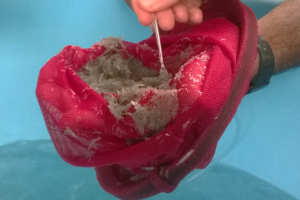
Results revealed variations in protein digestibility across developmental stages of L. vannamei, underscoring the importance of stage-specific dietary formulations.

The Norwegian Institute of Bioeconomy Research seeks to turn grass into protein-rich fish feed in an effort to reduce dependency on soy.
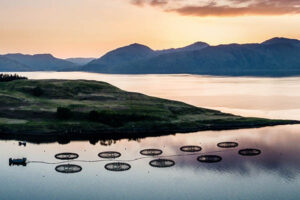
A new "nFIFO" metric may help fish farmers boost nutrient retention, reduce waste and lead to more sustainable aquaculture practices.
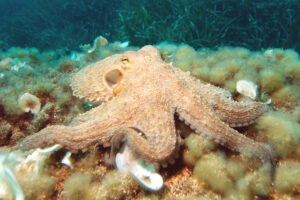
Study concludes that average total latent productivity (TLP) is the correct sustainable harvest rate for fluctuating stocks like octopus.

Study provides a framework to evaluate practical sampling designs to estimate the abundance indices of target ichthyoplankton species in surveys.

Smolt wheels are helping scientists in Canada track salmon migration, assess river health and guide long-term conservation strategies.
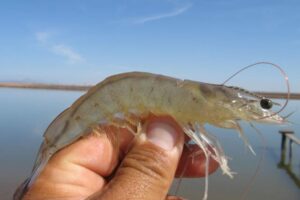
SeekIt™ enables rapid, equipment-free molecular diagnostic testing for aquaculture diseases, matching qPCR sensitivity in detecting WSSV while being easy for field use.
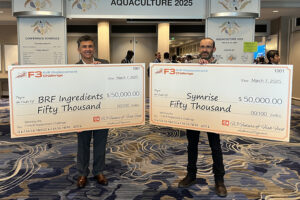
Brazil's BRF Ingredients and Germany's Symrise won the F3 Krill Replacement Challenge for innovations in replacing krill in aquaculture feed.
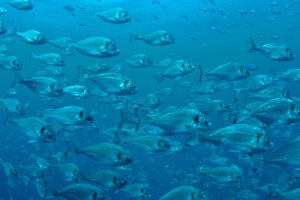
Sanacore®GM, a broad range health-promoting feed additive, has been shown to reduce carbon emissions in sea bream farming by 7.5 percent.

Kenya welcomes FAI's Tilapia Welfare App to advance animal welfare in aquaculture with tools to boost fish care and farm performance.
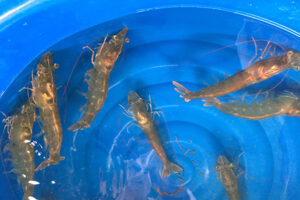
A new technique tapping into innate immunity and first proven in honeybees could mark a major shift in disease prevention in shrimp aquaculture.
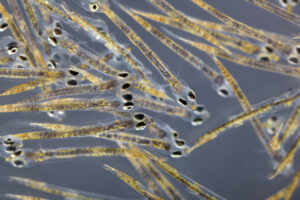
A literature review of interactions between water microbiota, live food microbiota, immune system and gut microbiota, and biofilm microbial communities in rearing systems.
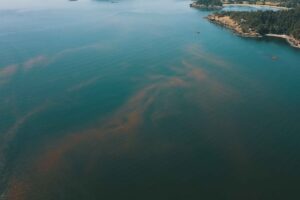
New UK-wide training will help aquaculture tackle harmful algal blooms with standard reporting and early warning systems.
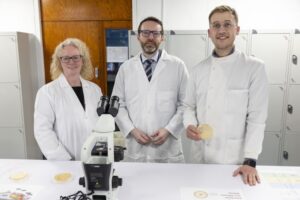
The AquaSoS project uses digital tools to boost sustainable aquaculture in Vietnam, addressing disease, climate change and pollution.
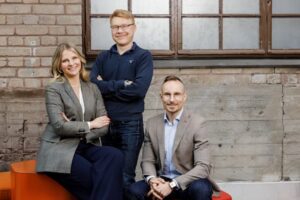
In a funding round led by The Blue Revolution Fund, the Finnish company raises $2.7 million to scale its food waste technology.
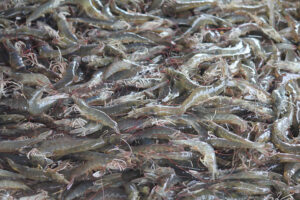
Study aims to increase awareness and knowledge about shrimp grow-out to enhance product quality, optimize efficiency and address animal welfare.
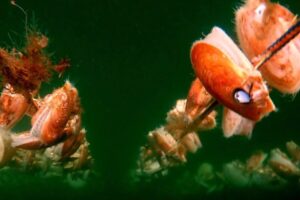
A new UMaine study compares scallop farming methods, offering insights to help Maine growers boost yields, reduce labor and increase profits.

FAIRR’s Laure Boissat discusses seafood traceability, sustainability and investor impact ahead of her panel at the Blue Food Innovation Summit.
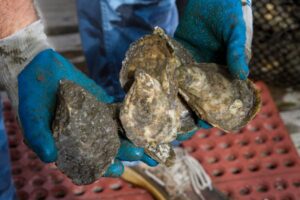
New global research initiative targets more sustainable, resilient mollusk farming in Asia amid climate and food security challenges.
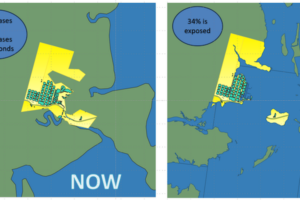
New research warns that more than 43 percent of Queensland’s aquaculture sites could be underwater by 2100 due to rising sea levels.
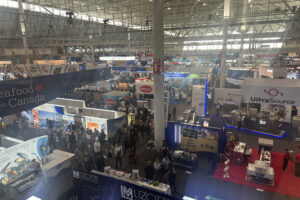
Fishermen, NGOs and industry representatives share tales of human rights due diligence work in seafood procurement at Seafood Expo North America.

Los resultados revelaron variaciones en la digestibilidad de las proteínas a lo largo de las etapas de desarrollo de L. vannamei, lo que subraya la importancia de formulaciones dietéticas específicas para cada etapa.

El Instituto Noruego de Investigación en Bioeconomía busca convertir pasto en alimento para peces rico en proteínas para reducir la dependencia de la soya.
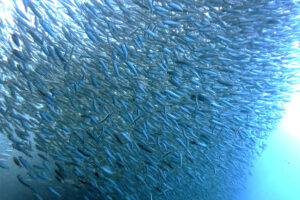
La comprensión del impacto del cambio climático y la expansión económica en la pesca de pequeños pelágicos ofrece perspectivas para las estrategias pesqueras científicas.